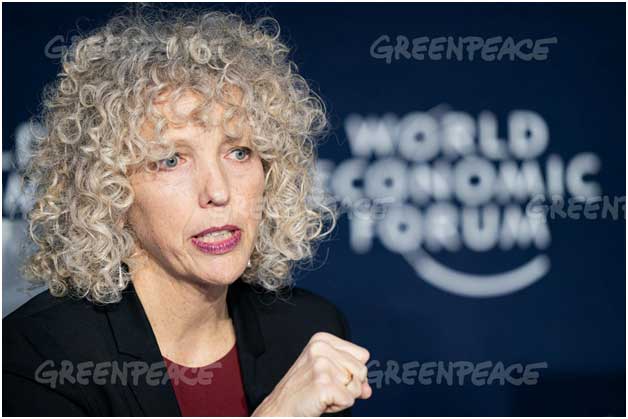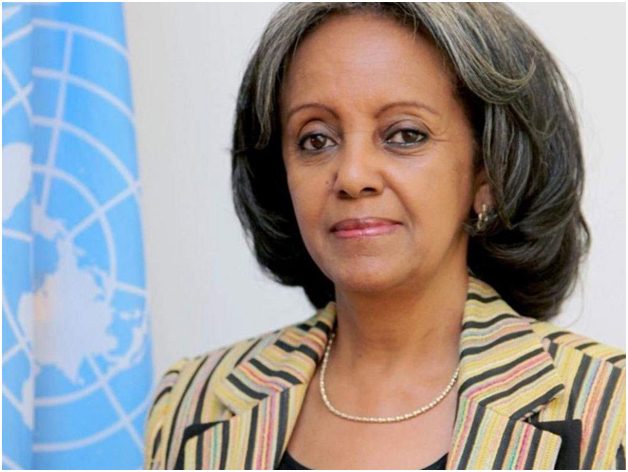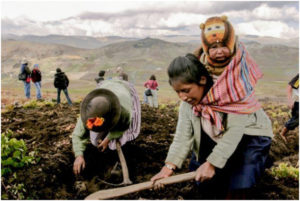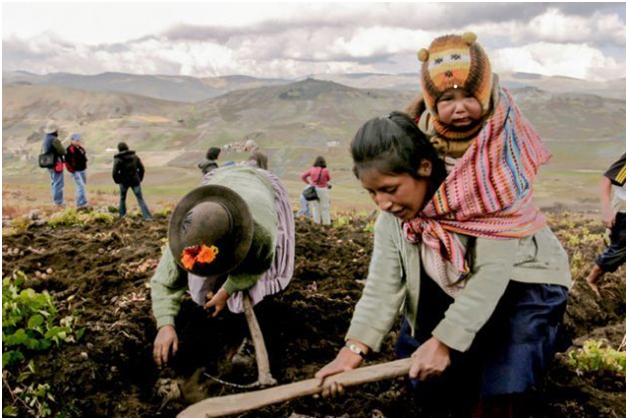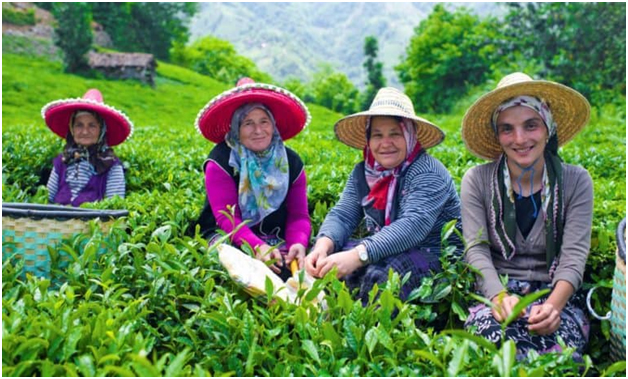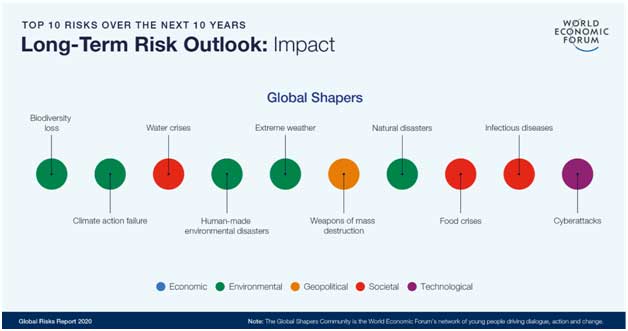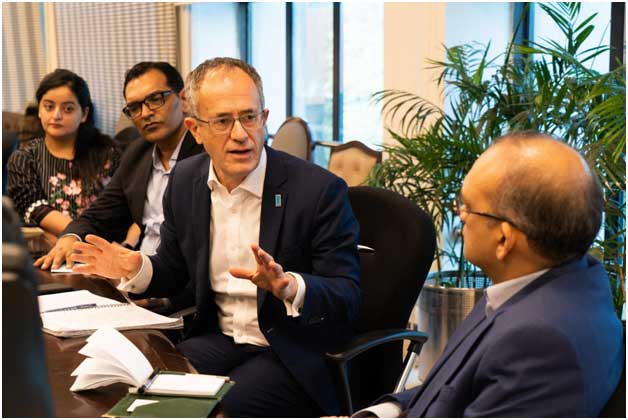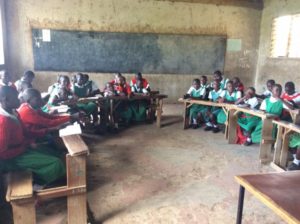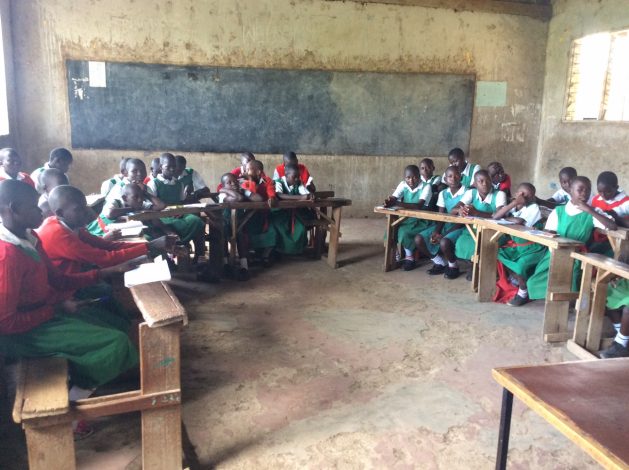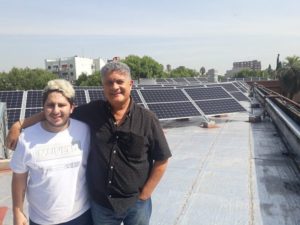
Civil Society, Development & Aid, Editors’ Choice, Education, Energy, Environment, Featured, Headlines, Integration and Development Brazilian-style, Latin America & the Caribbean, Population, Projects, Regional Categories, Special Report, TerraViva United Nations
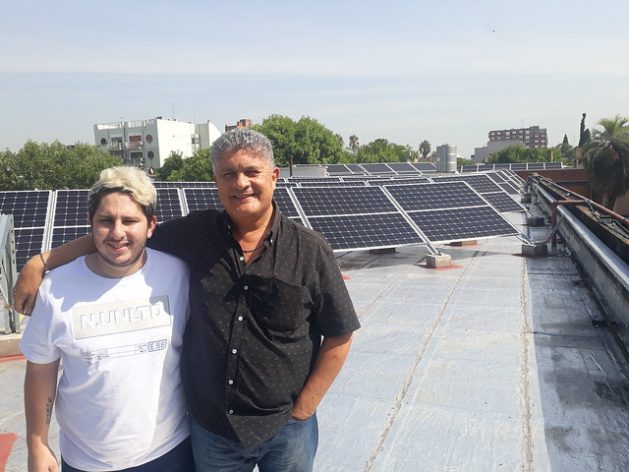
Sebastián Ieraci (L), a member of the group of students who in 2014 pushed for the switch to solar energy at the Antonio Devoto High School, stands next to the school’s principal Marcelo Mazzeo on the rooftop of the educational institution located in the Buenos Aires neighbourhood of Villa Devoto. Credit: Daniel Gutman/IPS
– “The idea came to a group of schoolmates and me in 2014, but we never thought it could become a reality,” says Sebastián Ieraci, 23, as he points to a multitude of photovoltaic solar panels shining on the roof of the Antonio Devoto High School in the Argentine capital.
The secondary school is one of the first public centres in Buenos Aires that has managed, since last November, to cover 100 percent of its electricity needs from renewable energy generated in the building itself.
Although today only seven of the city’s public schools have solar panels, the authorities have identified another 140 school buildings with the conditions to generate solar energy, and the plan is to gradually equip all of them with solar panels.
But perhaps the most interesting aspect of this case is that it was the students’ own enthusiasm for clean energy and community involvement that allowed the school to be chosen for an experiment that is new to Buenos Aires.
“Now they come to see us from schools in different parts of the country, to see what we have done and to try to replicate it.” — Marcelo Mazzeo
Ieraci, who arrives in a hurry at his former school after his workday at a paint factory, was in his last year of high school in 2014, when law teachers suggested to him and his classmates that they come up with a project for the programme The Legislature and Schools.
The programme, carried out for over 20 years, invites final-year high school students to submit proposals to the Buenos Aires city legislature, in the areas of environment, public spaces, traffic and transport and security.
Once they do so, the students sit on the city legislature for an afternoon to discuss their proposals with students from other schools.
“We came up with the idea of installing solar panels because we knew that the school’s rooftop was not being used for anything and that doing so could be doubly beneficial, both environmentally and economically, since the school could generate its own energy,” says Ieraci during IPS’s visit to his former school.

Aerial view of the rooftops of the primary and secondary schools located across from the main square in Villa Devoto, a residential neighborhood in the Argentine capital. The adjacent schools now have 200 solar panels with an installed capacity of 70 kilowatts, and the surplus is injected into the Buenos Aires electricity grid. Credit: Courtesy of Buenos Aires city government
“Then we started looking for information, and after a month we presented the project. Back then it was a utopia and today seeing these panels makes me very proud, because this is a school that generates a sense of belonging,” he explains.
The school is located in a large two-storey building that preserves the style of the old manor house that Italian immigrant Antonio Devoto had built there at the beginning of the 20th century. Devoto is considered the founder of the middle-class residential neighbourhood that today bears his name.
The school is located across from the main square of Devoto, in an area with many old trees and few tall buildings, full of bars and restaurants, and bursting with vitality far from the centre of Buenos Aires.
The Devoto teenagers’ solar panel project was the winner among more than 70 initiatives that students presented in 2014 to the local legislature, and in 2016 the Buenos Aires city government launched it. The first step was to start feasibility studies in more than 600 school buildings.
But it was in 2017 that the school received the definitive push to move towards solar energy, when it once again presented the project in a competition, this time in BA Elige (Buenos Aires Chooses), a citizen participation programme in which the more than three million inhabitants of Buenos Aires proper vote on the projects they want to see carried out.
On that occasion, the residents of Devoto expressed their opinions online, supporting the installation of solar panels in the neighbourhood schools and thus enabling the authorities to allocate budget funds.
The installation of the solar panels began in August 2019 and took three months. Since November, 87 two-by-one meter solar panels have been in operation on the rooftop of the Antonio Devoto High School.
The primary school next door was soon incorporated into the programme, and since January 113 solar panels have been operating, bringing the total to 200 panels on the adjacent rooftops of the two schools that serve a combined total of 500 students.
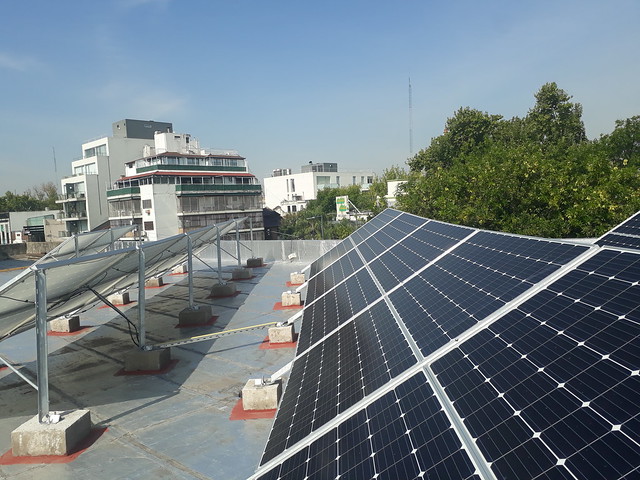
Solar panels nearly cover the entire rooftop of the Antonio Devoto High School in Buenos Aires. Until last year the rooftop area was not put to any use. The idea of using that space to generate renewable energy came from students in their final year in 2014, who presented a project to the Buenos Aires city legislature. Credit: Daniel Gutman/IPS
“In secondary schools, the panels have 30 kilowatts (kW) of installed capacity, and in primary schools, 40. But the most interesting thing is that the primary school injects its surplus energy into the city’s electricity grid, generating credit with the power company,” engineer Andrés Valdivia, head of climate action in the city government’s Ministry of Education, told IPS.
The Ministry reports that the 140 school rooftops declared suitable for the installation of solar panels – because there are few high buildings surrounding them and they receive good solar radiation – have a combined surface area of 145,000 square meters and could have a total installed capacity of 13 megawatts (MW).
Renewable energies – basically, solar and wind – have experienced major growth in Argentina since a fund was created by law in September 2015 to finance the construction of facilities and to guarantee the purchase of the energy generated.
By late 2019, nearly eight percent of the electricity produced in the country came from renewable sources, up from just 2.2 percent in early 2016, according to official statistics.
However, that growth will not continue because the recession and the devaluation of the local currency in Argentina mean that almost no new projects will be launched, say industry analysts.

View of the front of the Antonio Devoto High School, which was built in an old manor house belonging to the Italian immigrant recognised as the founder of the Villa Devoto neighbourhood in Buenos Aires, the capital of Argentina. Credit: Courtesy of Marcelo Mazzeo
“Ours is not a technical school; we have an orientation in economics and administration. But the kids’ interest in the energy transition surprised us and led us to gather a lot of information together about the subject,” said Marcelo Mazzeo, the principal of the Antonio Devoto High School.
“Now they come to see us from schools in different parts of the country, to see what we have done and to try to replicate it,” he told IPS.
Félix Aban, one of the law teachers who worked with the students on the project and is now the school’s vice-principal, said that “one of the most interesting things was that in 2014 the kids suggested that the surplus energy generated by their schools could be injected into the power grid, when that possibility was not even being discussed in Argentina.”
In fact, the law on distributed (or decentralised) energy was not approved by Congress until 2017, under the official name “Regime to foment distributed renewable energy generation integrated into the public electricity grid”.
“They investigated and found that in other countries individual generators fed power into the grid. So we can say that the kids at this school were really ahead of the game,” said Aban.



